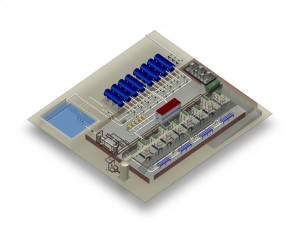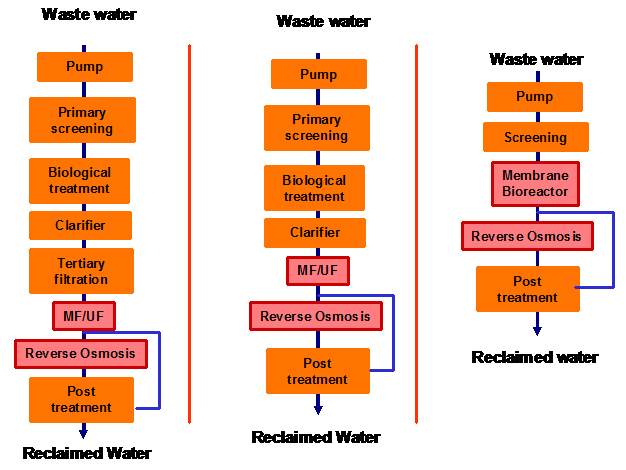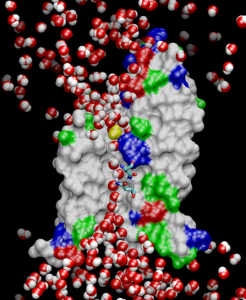Membrane is one of the most rapidly advancing water treatment technologies. Today, MF, UF, NF and RO membrane systems can be considered as mature. MF/UF membrane processes have gained wide acceptance in the drinking water industry because of their ability to produce a high-quality and consistent water. Recently, MF/UF membrane filtration has also gained acceptance for waste water treatment and as a pre-treatment of Reverse Osmosis (RO) for water reclamation. Reverse Osmosis is by far the most widespread membrane technology in water treatment with desalination being the major application.

RO has advanced significantly in the past decade, particularly owing to the development of more robust, selective membranes exhibiting high flux of water. Membrane fouling represents today the biggest obstacle to its broader application. This emphasizes the importance of the pre-treatment and in general the implementation of the right process scheme for water treatment where membrane can find its place as a core treatment method. However, the wide variety of contaminants and foulants in water and the diversity of their properties impose the need of multiple stage treatments making the water process train complex.

Water treatment methods are often chemically, energetically and operationally intensive. Hybrid membrane processes such as Membrane Bioreactor, PAC-membrane process or Ozone-membrane process are promising examples of simplification of the process train while at the same time improving the efficiency of the treatment.
Nevertheless, due to the shortages in water resources (e.g. in regions of Africa and the Middle East) the availability of more efficient, chemically free and cheaper processes will be necessary in the future.
Nanotechnology offers a promising alternative to move toward that direction. The advances in new nanomaterials can help to develop cost effective, highly selective and fouling resistant membranes for water purification and desalination

Such nanostructured materials may be implemented as thin-film coatings on conventional UF and MF membrane to produce membrane with much narrower pore size distributions in addition to fouling-resistant surface. Approaches under investigation include block copolymers, graft/comb copolymers or lyotropic liquid crystals that self-assemble to form nanodomains that are higly permeable to water or can be removed to create nanopores for water passage.
Membranes with a uniform pore distribution and a more permeable separation layer can potentially maintain or improve salt rejection while increasing the flux in RO membrane. Recent research on the transport of water through carbon nanotubes is promising, demonstrating water fluxes that are over three orders of magnitude higher than those predicted from continuum hydrodynamic models. This approach has also motivated the development of low-molecular weight water channels in supramolecular chemistry such as aquaporins.
In conclusion, the most promising break-through developments are awaited from the use of new materials tailored at the nanoscale and from advanced membrane engineering approaches.
